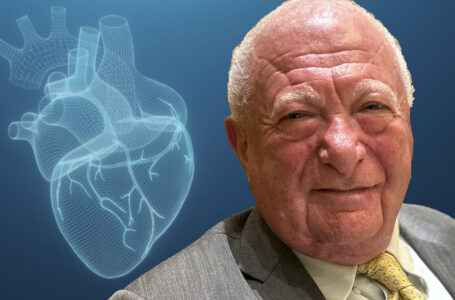Public health experts said nicotine’s potential therapeutic uses deserve exploration, and it shouldn’t be solely demonized as the culprit behind tobacco-related diseases.
Dr. Garrett McGovern, a general practitioner specializing in addiction medicine, said that in fact, the rise of e-cigarettes, significantly safer than cigarettes, has renewed interest in nicotine’s impact. Participants in the recent Global Forum on Nicotine also recognized that smokers are transitioning from combustible cigarettes to less harmful alternatives like vapes, heated tobacco and nicotine pouches.
Dr. McGovern said before e-cigarettes, nicotine and the developing brain weren’t a major discussion. “It’s time to re-evaluate nicotine and explore its potential benefits.”

He said while nicotine is often blamed for everything, the real focus should be harm reduction.
Mark Oates, director of consumer groups We Vape and the Snus Users Association, said there is massive misinformation that nicotine itself causes smoking-related illnesses. “The media is hesitant to discuss this, which is unfortunate,” Oates said. “Research is also hampered by funding difficulties.”
“The media are incredibly scared to discuss this issue, which is a huge shame. And science also lacks the ability to research it because funding is hard to come by,” Oates said.

Despite the promise of harm reduction, the high number of global smokers – 1.1 billion remains a major concern. Panel moderator Clive Bates, director of Counterfactual Consulting Limited, emphasized this point during the forum.
“There are still 1.1 billion smokers worldwide,” he said. “Eight million die from smoking each year, with hundreds of thousands more falling ill. We can make a difference with readily available harm-reduction products.”
Dr. Carolyn Beaumont, an Australian general practitioner, said she has been prescribing nicotine to smokers transitioning to vaping. Her research showed that over half of her patients who switched were men aged 30 to 50, seeking safer alternatives before long-term smoking damage.
She found that over half of those who disclosed medical conditions reported pre-existing mental health issues. Additionally, around 80 percent of her vaping patients expressed a potential return to smoking if e-cigarettes became unavailable.
Dr. Alex Wodak, former director of the Alcohol and Drug Service at St. Vincent’s Hospital in Sydney, echoed the urgency, emphasizing the need to reduce the annual death toll of 8 million.
“That’s equivalent to the population of Switzerland every year. Reducing that number as fast as possible should be the paramount objective of everyone,” he said.
“People smoke from the nicotine but they die from the hostility to harm reduction. And our challenge is to come up with strategies that not just work, but work better than other strategies,” Dr. Wodak said.
Dr. Paul Newhouse, director of the Vanderbilt Center for Cognitive Medicine, described nicotine as a complex substance with diverse effects on the brain. He acknowledged its dual nature, highlighting both its recreational and potential therapeutic uses.
“I suspect that for many people, they will never want or need to use nicotine. But for some people, it may be useful, and it may turn out to be important for their cognitive performance, for regulating their mood, or managing anxiety. So I suspect that for a certain percent of the population, nicotine will be helpful… We have to acknowledge that for some folks and for some brains, nicotine has beneficial effects,” he said.
Oates said he found no historical example of a society starting nicotine use and then completely quitting. “We’ve only seen countries like Sweden transition to safer versions,” he said. “If public health and policymakers recognize this, they can understand that safer products are the only way forward.”



















